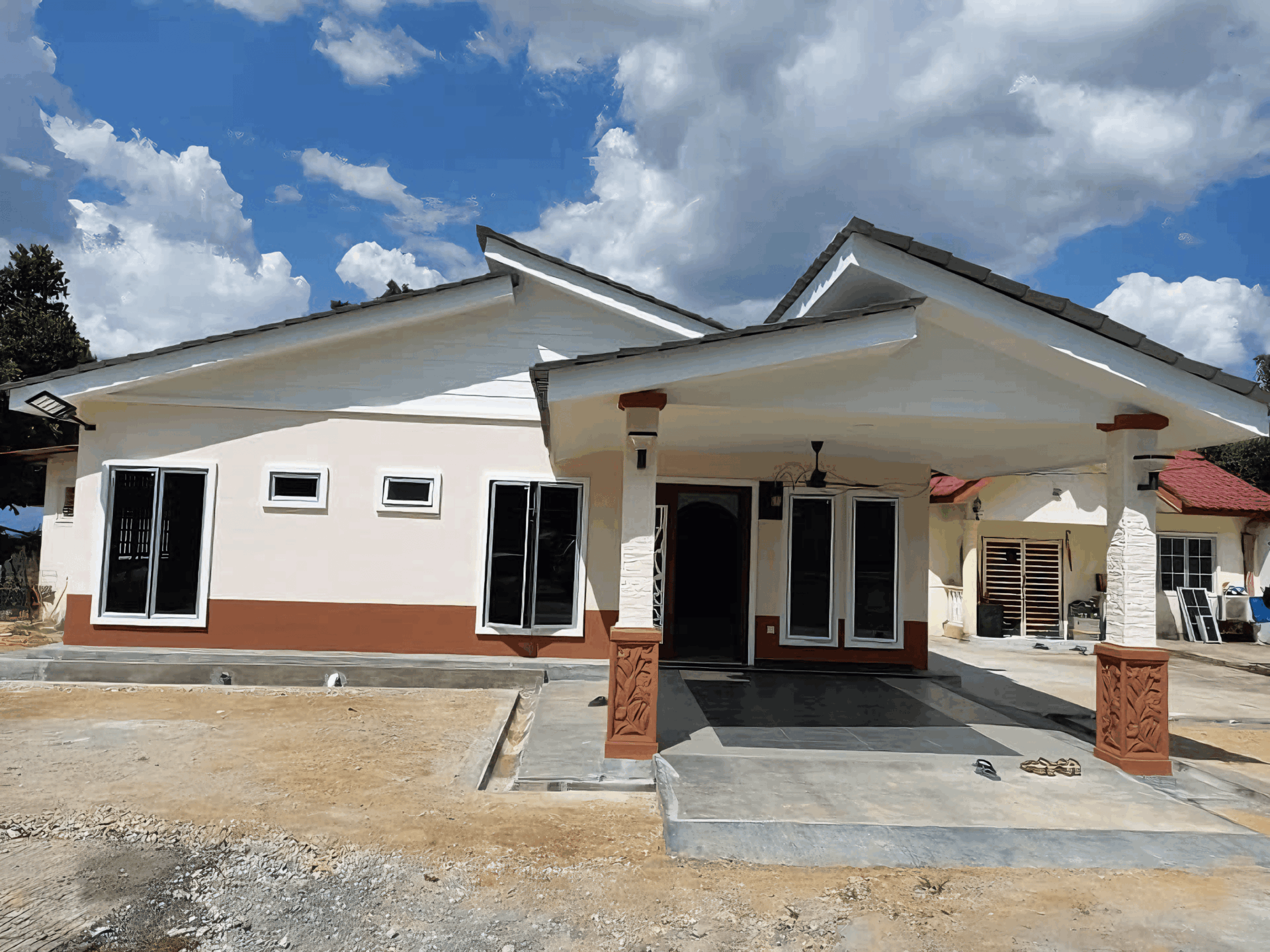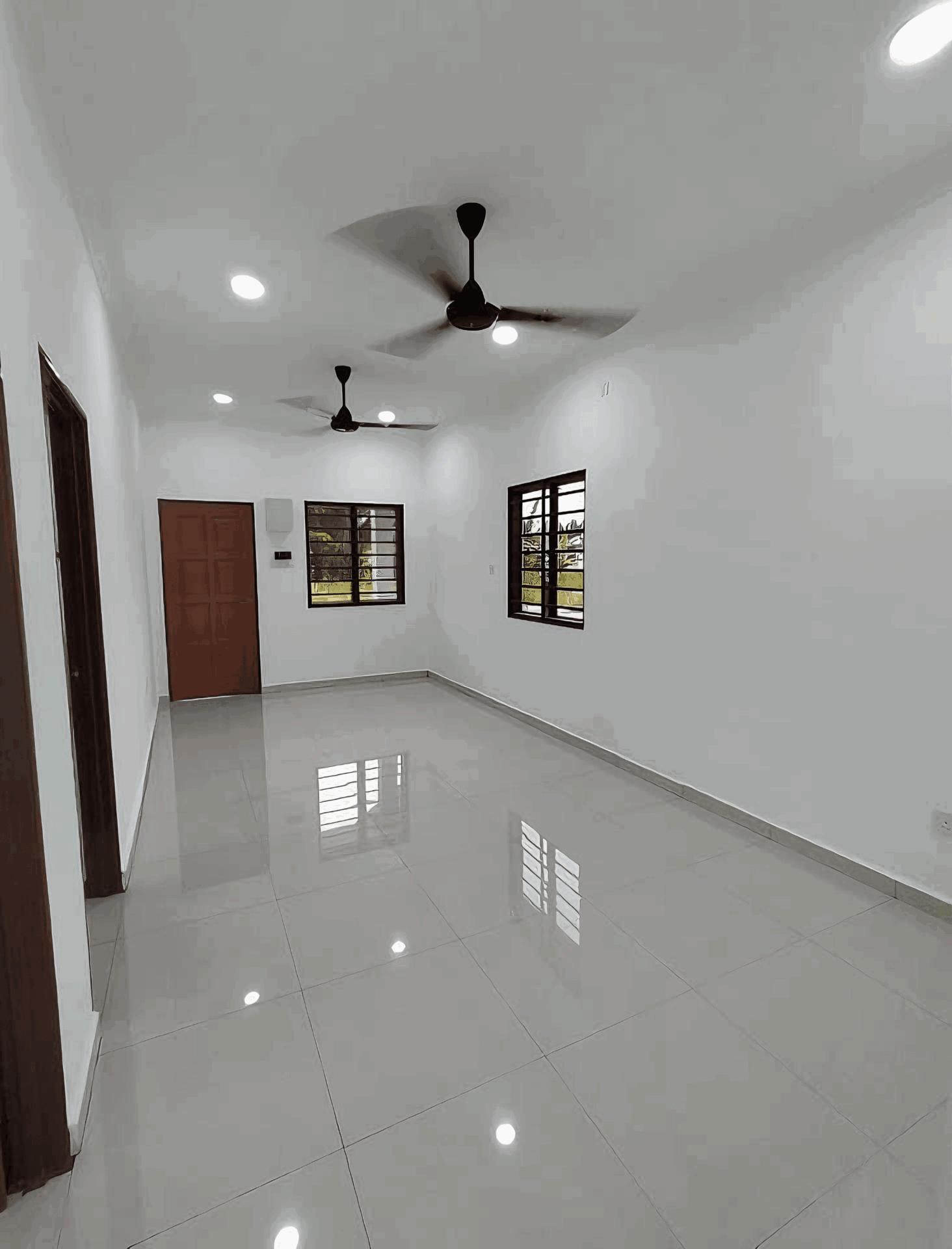Hey there, fellow Malaysians! Have you ever stopped to think about how the big, bustling construction sites around us are shaping our country’s future? From the towering skyscrapers in Kuala Lumpur to the sprawling industrial parks in the outskirts, industrial construction is not just about building infrastructure—it’s a powerful engine driving Malaysia’s economic growth. In this article, we’ll dive into how this sector is transforming our landscape, creating jobs, and fostering innovation. So, grab a cup of teh tarik, settle in, and let’s explore the fascinating ways industrial construction is playing a vital role in boosting our economy.
Catalyzing Infrastructure Development Through Industrial Construction
Industrial construction is a cornerstone of Malaysia’s physical and economic growth. By facilitating the creation of critical infrastructure, it reinforces enterprises’ capability to flourish in diverse sectors. From highways to manufacturing plants, these large-scale projects not only ramp up the efficiency of operations but also invite significant foreign investments. The ripple effect of this investment fosters job creation and stimulates local economies, making a positive impact across multiple layers of society.
As new frameworks emerge, the need for skilled labor and innovative technology rises. Collaborative partnerships between the government and private sector are essential. By prioritizing investments in human capital and encouraging R&D initiatives, Malaysia can stay ahead of the curve. This synergistic approach ensures that the country is not just meeting current demands but is also future-proofing its workforce. Enhancing educational programs tailored to the construction industry can boost employment opportunities for the youth, equipping them with the skills needed to thrive in this evolving landscape.
The sustainability aspect of industrial construction cannot be overlooked. By implementing eco-friendly practices, such as using recyclable materials and minimizing waste, projects contribute to environmental conservation. Sustainable construction practices can help reduce carbon footprints, promoting a greener future for Malaysia. Moreover, this aligns well with global trends and can enhance Malaysia’s reputation on the international stage, attracting businesses that prioritize sustainability. Here’s a simple breakdown of how industrial construction supports sustainability, economic growth, and workforce development:
| Focus Area | Impact |
|---|---|
| Economic Growth | Increased job opportunities, foreign investment |
| Workforce Development | Enhanced skills training, youth employment |
| Sustainability | Eco-friendly practices, reduced carbon footprint |

The Role of Manufacturing Hubs in Job Creation and Skills Development
As Malaysia’s economy continues to evolve, manufacturing hubs play a crucial role in shaping its labor market and enhancing skill sets among the workforce. These concentrated areas of industrial activity not only drive productivity but also become epicenters for job creation. With huge investments pouring into these sectors, local communities enjoy increased employment opportunities, with positions ranging from assembly line workers to high-tech manufacturing engineers.
Moreover, manufacturing hubs are pivotal in promoting skills development. They create an environment ripe for learning and innovation where employees can acquire new skills tailored to the demands of a changing market. Companies often collaborate with educational institutions to offer specialized training programs, enabling workers to enhance their expertise in areas like:
- Advanced manufacturing technologies
- Quality control processes
- Supply chain management
Furthermore, these clusters not only focus on immediate job placement but also aim for long-term career growth. The synergy of experienced professionals mentoring newcomers fosters a culture of continuous improvement. A simple look at table data reveals the job growth potential in key manufacturing sectors:
| Sector | Expected Job Growth (%) | Skills in Demand |
|---|---|---|
| Electronics | 15 | Microelectronics, automation |
| Automotive | 12 | Mechatronics, robotics |
| Textiles | 10 | Textile engineering, design |
the ripple effect of strong manufacturing sectors in Malaysia reveals how intertwined job creation and skill advancement truly are. As companies invest in these hubs, they not only contribute to economic growth but also nurture a skilled and adaptable workforce ready to meet the challenges of tomorrow’s industrial landscape.

Sustainability in Industrial Construction: A Blueprint for Economic Resilience
In the quest for economic resilience, the push towards sustainability in industrial construction is not just a trend; it’s a necessity for Malaysia. By integrating sustainable practices, the industry is creating eco-friendly structures that minimize environmental impact while maximizing efficiency. This approach not only supports local ecosystems but also helps businesses save costs in the long run. Imagine industrial facilities powered by renewable energy sources and utilizing materials that can be recycled or repurposed, significantly reducing waste and carbon footprints.
Furthermore, focusing on sustainable construction means investing in green technologies and innovative materials. This advancement can drive job creation, from engineers to labourers, fostering a skilled workforce ready to meet the challenges of a changing environment. Not only does this benefit the economy, but it also positions Malaysia as a leader in sustainable practices, attracting investment from businesses eager to partner with eco-conscious firms. It’s a win-win situation that strengthens the market and fosters a sense of community.
To visualize the impact, consider the following benefits of sustainable industrial construction:
| Benefits | Impact |
|---|---|
| Reduced Energy Consumption | Lower operational costs |
| Job Creation | Boosts local employment |
| Waste Reduction | Less strain on landfills |
| Enhanced Community Health | Improved air and water quality |
This blueprint for economic resilience clearly outlines how sustainable principles can reshape Malaysia’s industrial landscape, marrying growth with responsibility. With continued focus and investment in these practices, Malaysia can set the foundation for a robust and sustainable economic future, proving that industry and environment can indeed thrive together.

Public-Private Partnerships: Unlocking Investment Opportunities
In Malaysia, public-private partnerships (PPPs) are emerging as crucial facilitators for unlocking investment opportunities in the industrial construction sector. These collaborations help align public aspirations with private sector efficiency, creating a fertile ground for innovative projects. By pooling resources, expertise, and risks, PPPs allow for the development of infrastructure that supports industrial growth and positions Malaysia as an attractive hub for businesses.
Key benefits of leveraging PPPs in industrial construction include:
- Access to Capital: Private investment can supplement public funding, enabling larger-scale projects that may have otherwise been stalled.
- Enhanced Efficiency: The expertise of private sector partners often leads to faster project delivery and superior quality.
- Risk Sharing: Both public and private entities can share the risks associated with large-scale construction projects, resulting in more robust and resilient outcomes.
To illustrate the potential of PPPs in invigorating our nation’s economy, consider the following table showcasing recent successful projects:
| Project Name | Location | Investment (RM) |
|---|---|---|
| Digital Innovation Park | Cyberjaya | 300 million |
| High-Speed Rail Link | Kuala Lumpur to Singapore | 50 billion |
| Industrial Logistics Hub | Port Klang | 1.2 billion |

Technological Innovations Shaping the Future of Industrial Projects
In the heart of Malaysia’s industrial sector, cutting-edge technologies are transforming how projects are executed. These innovations are not just about replacing traditional methods; they’re about enhancing efficiency and safety while significantly reducing costs. For instance, the integration of Building Information Modeling (BIM) enables real-time collaboration among architects, engineers, and contractors, allowing for seamless communication and streamlined project management. This technology is pivotal in predicting potential issues early on, enabling stakeholders to tackle challenges head-on before they escalate into costly delays.
Moreover, Malaysia is witnessing the rise of automation and robotics in construction, which is a game-changer for labor-intensive tasks. Drones are now being used for site surveying, providing a bird’s-eye view and ensuring precision that manual surveys struggle to match. In addition, automated machinery is taking on repetitive tasks such as bricklaying and painting, which not only speeds up the construction timeline but also frees human workers to focus on more complex roles that require critical thinking and creativity. This is contributing to a higher quality output and enhancing overall productivity in the industry.
On the digital front, the embrace of IoT (Internet of Things) is creating smart construction sites where equipment and materials are connected. This connectivity enables real-time tracking of progress and resource usage, leading to better decision-making. Furthermore, the use of sustainable technologies, like green building practices and renewable energy sources, is helping the construction industry align with the global agenda for sustainable development. This commitment not only reduces the environmental impact of industrial projects but positions Malaysia as a leader in the green economy, further driving economic growth.

Local Supply Chains: Boosting Domestic Industries and Reducing Imports
Local supply chains are becoming essential to Malaysia’s industrial landscape, energizing domestic industries while simultaneously curbing reliance on imported goods. By focusing on sourcing materials and services from local suppliers, businesses can reduce transportation costs and lead times. This not only allows firms to respond swiftly to market demands but also nurtures a robust ecosystem where local businesses can thrive and innovate.
The shift towards local sourcing has several benefits:
- Strengthened Economy: As local suppliers gain business, they contribute to job creation and skill development within the community.
- Environmental Impact: Shorter supply chains mean reduced carbon emissions associated with transportation, aligning with global sustainability goals.
- Quality Control: Working closely with local suppliers allows for better coordination, resulting in higher-quality products that meet consumer expectations.
To visualize the economic benefits, here’s a simple breakdown of how local sourcing affects various sectors in Malaysia:
| Sector | Local Suppliers Engaged | Economic Impact |
|---|---|---|
| Construction | 80% | Boosts local workforce |
| Manufacturing | 70% | Enhances innovation |
| Agriculture | 60% | Support for rural economies |

Policy Frameworks Supporting Growth in the Industrial Sector
The Malaysian government has devised several policy frameworks aimed at fostering growth in the industrial sector, which is pivotal for the nation’s economic landscape. One significant strategy has been the National Industrial Policy, which focuses on enhancing industrial competitiveness through innovation, technology, and human capital development. By introducing tax incentives and grants for industries investing in R&D, the policy encourages companies to adopt advanced technologies and improve their production processes. This change not only boosts operational efficiency but also positions Malaysia as a regional hub for industrial excellence.
Another critical framework is the Investment Promotion Policy, which highlights Malaysia’s commitment to creating a favorable business environment. This includes streamlining regulations, offering financial incentives, and promoting foreign direct investment (FDI). By easiing entry processes and providing support services, the government aims to attract multinational corporations, thereby generating job opportunities and enhancing local workforce skills. Furthermore, the policy emphasizes green initiatives, urging industries to incorporate sustainable practices into their operations, which aligns with global trends while ensuring environmental protection.
Lastly, the Manufacturing 4.0 initiative plays a vital role in modernizing the industrial sector. By promoting smart manufacturing, this initiative encourages the integration of Internet of Things (IoT), artificial intelligence, and automation into production processes. It equips Malaysian industries to adapt to the changing global market dynamics, ensuring productivity and global competitiveness. As companies leverage these technologies, they not only improve their product quality but also enhance their capacity to innovate, leading to increased exports and overall economic vibrancy. Through these initiatives, the industrial sector is well poised to become a key driver of Malaysia’s economic growth, creating a robust and sustainable future.

Future Trends: Preparing Malaysia for a New Era of Industrialization
As Malaysia embarks on a transformative journey towards the future, industrial construction stands at the forefront of this evolution. The push for innovation and sustainability is catalyzing new methodologies that significantly impact how we approach our industrial sectors. Smart factories, powered by Internet of Things (IoT) technology, are becoming the norm. These factories leverage real-time data to enhance operational efficiency and reduce waste, creating a ripple effect that can bolster the economy while promoting environmentally friendly practices.
Moreover, investments in infrastructure projects are pivotal for supporting industrial expansion. The government is prioritizing the construction of transport corridors and logistics hubs that connect urban centers with rural areas, facilitating smoother distribution processes. This brings about several advantages:
- Boosting local employment opportunities in construction and engineering fields
- Enhancing trade capabilities, making Malaysia a more attractive destination for foreign investments
- Strengthening global competitiveness through improved infrastructure quality
This proactive approach also emphasizes the importance of upskilling the workforce. Initiatives to train workers in advanced technologies ensure that Malaysia’s labor force remains relevant in a rapidly changing industrial landscape. By fostering a culture of continuous learning and adopting a forward-thinking mindset, everyone from policymakers to industry leaders can help shape a resilient economy ready for the challenges and opportunities that lie ahead.
The Conclusion
As we wrap up our exploration of how industrial construction is fueling Malaysia’s economic growth, it’s clear that this sector is more than just bricks and mortar. It’s about laying down the foundations for a brighter future, creating jobs, and boosting local businesses along the way. As these industrial projects rise, so does the potential for our communities to thrive.
So, whether you’re part of the construction crew, a local entrepreneur, or just someone who wants to see Malaysia flourish, the progress we’re making in this field is something to take pride in. Let’s keep an eye on the horizon and celebrate the milestones we hit together. After all, this growth is not just about numbers; it’s about building a legacy for generations to come. Keep pushing forward, Malaysia – the best is yet to come!







